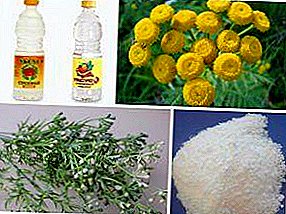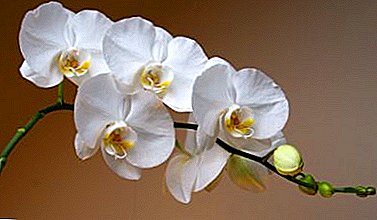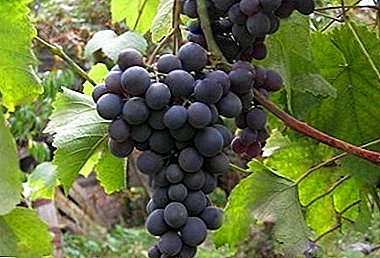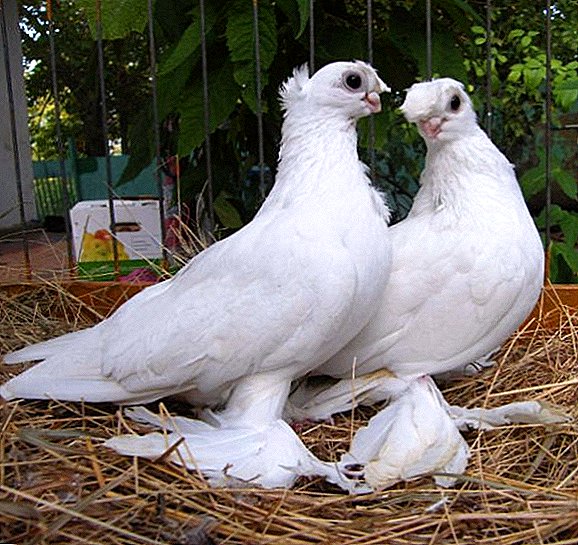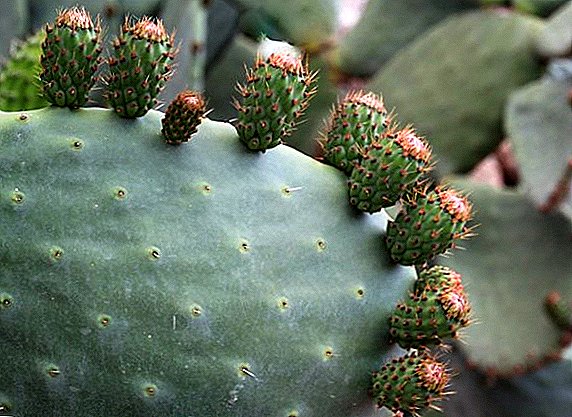
Japanese euonymus - an evergreen shrub native to Japan, Korea and China.
In the nineteenth century, the plant was introduced to Europe, where it became widespread as an ornamental shrub that tolerates a temperate European climate.
general description
The scientific name of Japanese euonymus sounds like Euonymusjaponicus. That is why this shrub is sometimes called eonimus. In nature, an euonymus grows in the form of a tree up to 6 m high, as well as a shrub. In cool areas, the plant looks like a dwarf shrub.
Shrub leaves are oval, leathery. The flowers are barely noticeable, green, collected in clusters of several pieces. The fruits of Japanese euonymus look like a box with four nests.
NOTE! In addition to Japanese, there are several varieties of euonymus: the unique winged, dwarf - ideal for growing at home, a beautiful European and unpretentious warty.
A photo
Familiarize yourself with the appearance of the Japanese Euonymus bush on the photo below:





Planting and care at home
Consider all the stages of growing Euonymus Japanese, including in the garden.
After the purchase
Japanese euonymus loves warmth. In cool areas, a bush requires covering in a cold period or moving to a warm place. Although up to a temperature of 10 degrees, he feels fine.
IMPORTANT! Shrub in the rest period is better to be placed in a cool place (+ 10-13 degrees).
Pruning
Bush requires fairly frequent formation, as well as cutting weakened shoots. In nature, euonymus weakly branches and has a rare crown. With the help of trimming the plant can be turned into an original tree or a lush bush.
Watering
Bush requires abundant watering. Water is desirable to defend. Japanese euonymus strongly suffers from overdrying of the soil and dies with a strong lack of moisture. In hot weather, it is necessary to maintain the desired level of soil moisture, but at the same time not overflow.
In winter, and especially when kept cool, the shrub should be watered less often and less plentifully.
Japanese euonymus normally refers to spraying and warm soul, which is necessary for cleaning the leaves from the accumulated dust.
Landing
 You can plant a plant in any universal soil mixtureby adding a little baking powder.
You can plant a plant in any universal soil mixtureby adding a little baking powder.
Make up the soil and independently of the double volume of sod, equal volumes of sand, sod, leaf and humus soil.
Transfer
Japanese euonymus requires an annual transplant in the spring.
This applies to young shrubs. Older bushes are replanted every three to four years.
Breeding
Japanese euonymus breeds in the spring by cuttings and by dividing the bush, and during the warm period - seeds.
The seed should be stratified at + 3 degrees for three months. The procedure lasts until the peel of the seed has burst.
The seed should be cleaned from the seedlings, neutralized in the manganese solution and stratified in the calcined sand. The soil should consist of two parts of humus, four parts of leafy ground, one part of turf and sand.
When breeding by division, it is important not to damage and be extremely careful with the root system.
Cuttings cut in summer with very young shoots. The stalk is cut to a length of 5 cm. It must have an internode.
Rooted in a two-layer substrate, in the lower layer of which sand is located, and in the upper layer - a composition of sod, sand, humus and leaf soil. The rooting process lasts 2-2.5 months.
Temperature
 Shrub practically does not tolerate hot temperatures.
Shrub practically does not tolerate hot temperatures.
The optimal range is from 18 to 25 degrees.
In winter, it is better to adhere to a temperature regime of up to 12 degrees, this will help ensure a rest period for the euonymus.
In winter, during the period of maximum operation of heating devices, the plant often sheds leaves.
Lighting
Japanese euonymus loves scattered but bright light. It is quite normal to hit a small number of direct rays of the sun. Bright illumination like euonymus with variegated foliage.
GOOD TO KNOW! With a lack of light, the leaves lose their contrast or even fade.
Benefit and harm
Japanese euonymus is used in gardens and in the ennobling of cities for decorative purposes. In apartments and other premises this plant is also used as a decor. But any part of the bush considered poisonous both for people and animals!
Diseases and pests
Japanese euonymus is susceptible to damage. spider mites, flail, aphids, mealybug. If infection is detected by these pests, chemical spraying methods should be used.
The shrub practically does not undergo fungal infection.
In extremely bright light, the ends of the leaves may curl and dry. With an excess of moisture in the soil, Japanese Euonymus loses its lower leaves and ceases to develop.
Sheds leaves shrub also with increased dryness and high temperature.
Japanese euonymus is prone to dropping foliage as a response to any change in conditions of detention or improper care. Exactly because of this reason the bush loves peace and unchanged conditions.
Conclusion
 Japanese euonymus is widely distributed both in Japan and China, and in European countries.
Japanese euonymus is widely distributed both in Japan and China, and in European countries.
Use a plant as a decor of city streets, garden sites, verandahs and rooms.
Plant little susceptible to fungal diseasebut prone to pest damage.
Do not forget that the shrub is considered a poisonous plant not only for animals, but also for humans.
NOTE! Perhaps you will be interested in no less beautiful ornamental shrubs, such as: Skimmia, Leptospermum, Broom. They can also be a decoration for your home or garden.




